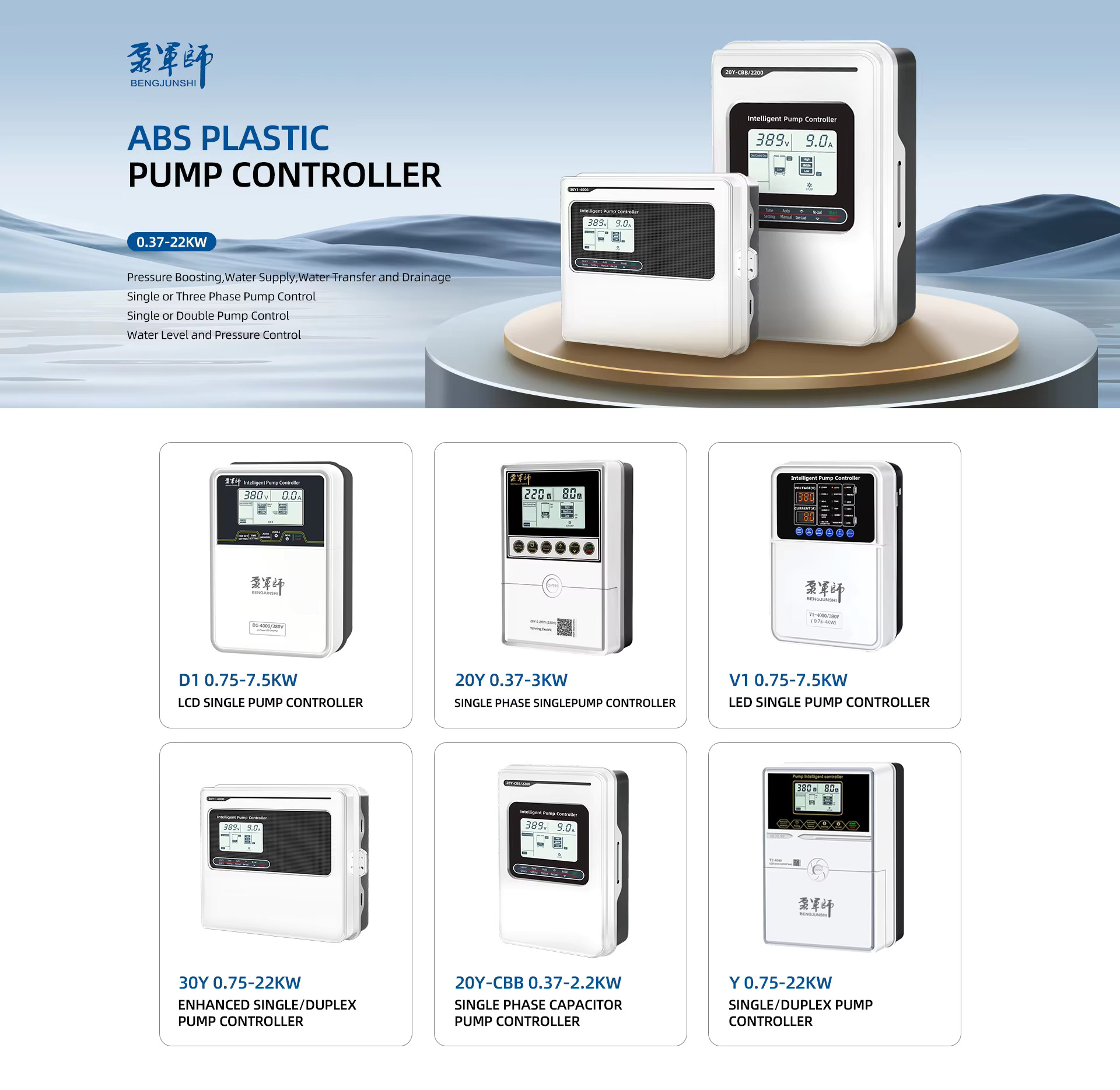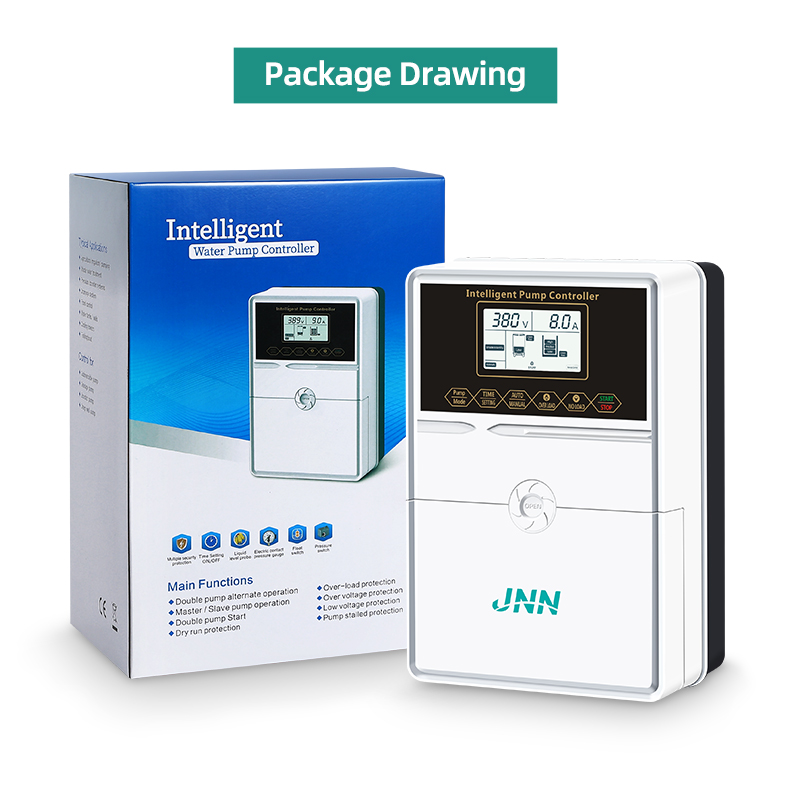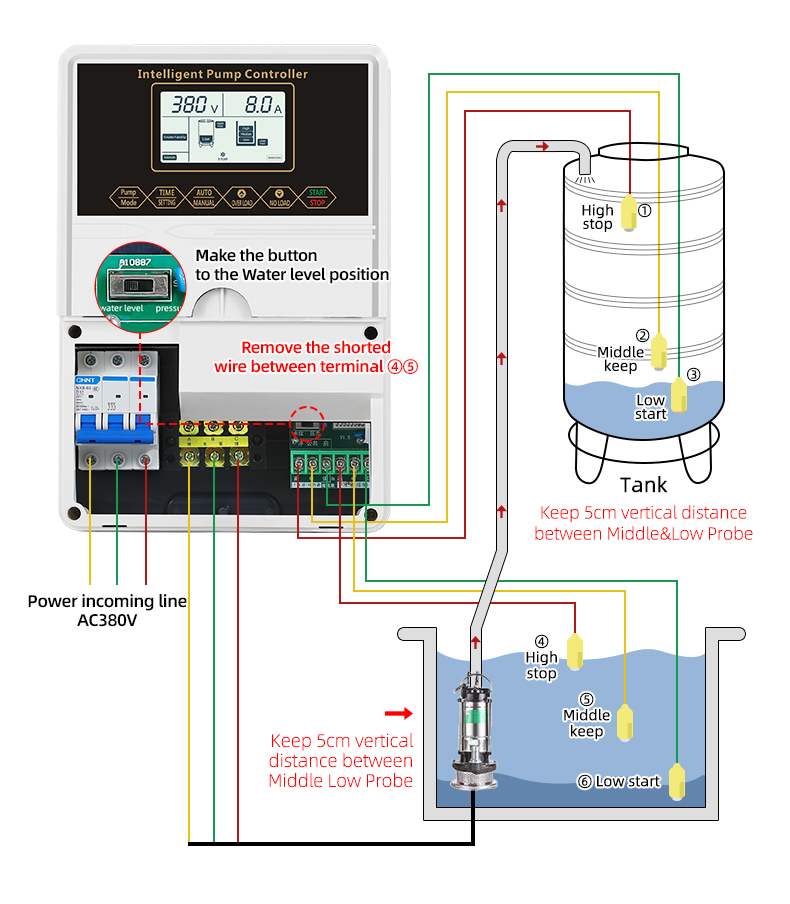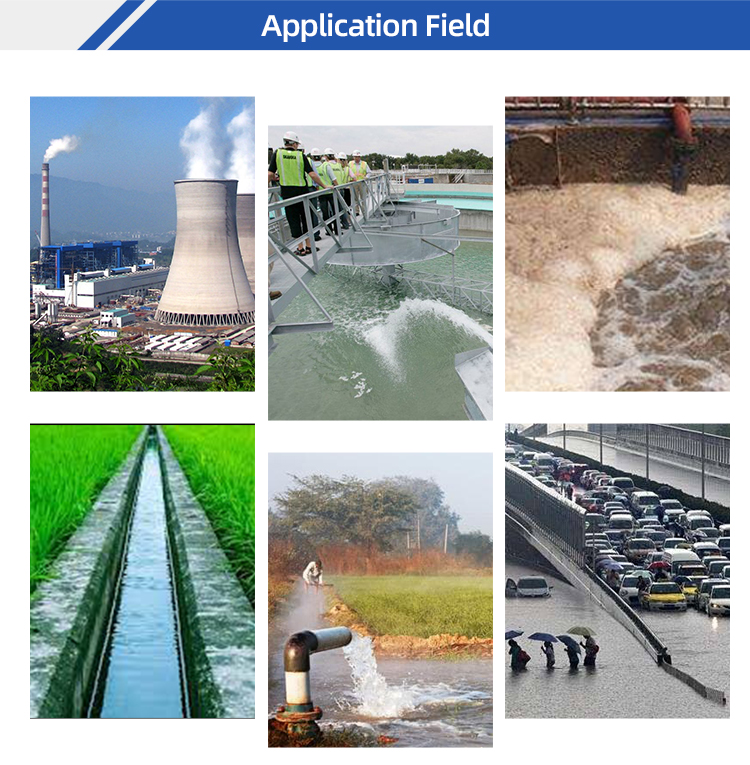
Water is one of the most essential resources for life, agriculture, and industrial applications. Managing water efficiently is crucial, and one of the most effective tools for this purpose is an automatic water pump controller. These devices help automate water pumping operations, making them more efficient, reducing waste, and ensuring a steady water supply without manual intervention.
In this article, we will explore what an automatic water pump controller is, its purpose, how it works, its benefits, and its applications in different sectors.
What is an Automatic Water Pump Controller?
An automatic water pump control box is an electronic device that manages the operation of a water pump based on preset conditions such as water levels, pressure, or flow rate. It eliminates the need for manual operation, ensuring the pump turns on or off automatically when needed.
These controllers are commonly used in residential, agricultural, industrial, and commercial settings where water supply management is essential. By monitoring water levels in tanks, reservoirs, or borewells, an automatic pump controller ensures that water is efficiently utilized without overflow, dry running, or unnecessary energy consumption.

How Does an Automatic Water Pump Controller Work?
The working principle of an automatic water pump controller varies depending on the type of system it is designed for. However, the general process involves the following components and functions:
Sensors: The system uses sensors such as float switches, pressure sensors, or conductivity probes to detect water levels in tanks or reservoirs.
Control Unit: The controller processes signals from the sensors and determines whether the pump should be turned on or off.
Relay or Switch Mechanism: Based on the control unit’s decision, the relay either activates or deactivates the pump.
Protection Features: Many controllers come with additional protections such as dry-run protection (to prevent the pump from running without water), voltage fluctuation protection, and overload protection.
For example, in a household water tank system, when the water level in the storage tank drops below a specified point, the controller detects this and turns on the pump. Once the tank reaches the desired level, the controller shuts the pump off, preventing overflow.

The Purpose of an Automatic Water Pump Controller
The primary purpose of an automatic water pump controller is to automate the water pumping process for efficiency, convenience, and resource conservation. Below are some key reasons why these devices are widely used:
1. Water Conservation
One of the biggest challenges in water management is wastage due to overflow and inefficient usage. Automatic controllers help prevent this by ensuring the pump only operates when necessary, reducing excessive water use and preventing spillage.
2. Energy Efficiency
Manually operated pumps often run longer than needed, leading to unnecessary energy consumption. An automatic controller optimizes pump operation, reducing electricity usage and lowering utility bills.
3. Prevention of Pump Damage
Water pumps can be damaged if they run dry (operate without water). Many controllers include dry-run protection, which shuts off the pump if no water is detected, preventing costly repairs or replacements.
4. Labor and Convenience
Without automation, someone needs to manually turn the pump on and off, which is time-consuming and inefficient. With an automatic controller, the system operates seamlessly without human intervention.
5. Pressure Regulation
For pressurized water systems, the controller helps maintain stable pressure by adjusting pump operation as needed, ensuring a consistent water supply.
6. Extends Pump Lifespan
Frequent switching and overuse can wear out a pump quickly. Automatic controllers ensure the pump operates only when needed, reducing wear and tear and extending its service life.
Applications of Automatic Water Pump Controllers
These controllers are used in various settings to improve water management. Some common applications include:
1. Domestic Water Supply
In homes, automatic water well pump controllers manage water levels in overhead tanks and underground sumps, ensuring a consistent supply without overflow or shortages.
2. Agricultural Irrigation
Farmers use these controllers to automate irrigation systems, ensuring that crops receive the right amount of water at the right time. This improves crop yield and reduces water wastage.
3. Industrial and Commercial Use
Industries and commercial buildings require large amounts of water for cooling, manufacturing, and sanitation. Automatic controllers optimize pump usage, reducing operational costs and improving efficiency.
4. Borewell and Groundwater Management
In areas relying on borewells, these controllers prevent over-extraction of groundwater and protect pumps from running dry, ensuring long-term sustainability.
5. Firefighting Systems
In commercial buildings, automatic water well pump control boxes are integrated into firefighting systems to ensure water is readily available when needed, improving safety measures.
6. Municipal Water Supply
Many cities use these controllers to manage water distribution efficiently, ensuring optimal pressure levels and reducing wastage in public water supply systems.

How to Choose the Right Automatic Water Pump Controller
Selecting the right controller depends on several factors, including:
Pump Type: Different controllers are designed for submersible pumps, centrifugal pumps, and booster pumps.
Water Source: Whether the water is coming from a borewell, overhead tank, or municipal supply affects the choice.
Tank Capacity and Usage: Larger systems require controllers with higher capacity and advanced features.
Additional Features: Some controllers include smart connectivity, remote monitoring, and additional protections against power surges and voltage fluctuations.
Brand and Quality: Reliable brands (JNN) with good customer support ensure long-term durability and efficient operation.

Conclusion
An automatic water pump controller is a crucial device for efficient water management in residential, agricultural, industrial, and commercial applications. By automating the water pumping process, these controllers help conserve water, save energy, reduce manual effort, and protect pumps from damage.
Whether for household use, farming, or large-scale industrial operations, investing in an automatic pump controller is a smart choice that leads to cost savings and improved efficiency. As technology advances, modern controllers are becoming even more sophisticated, integrating with smart systems for remote monitoring and automation, further enhancing water management solutions for the future.




















